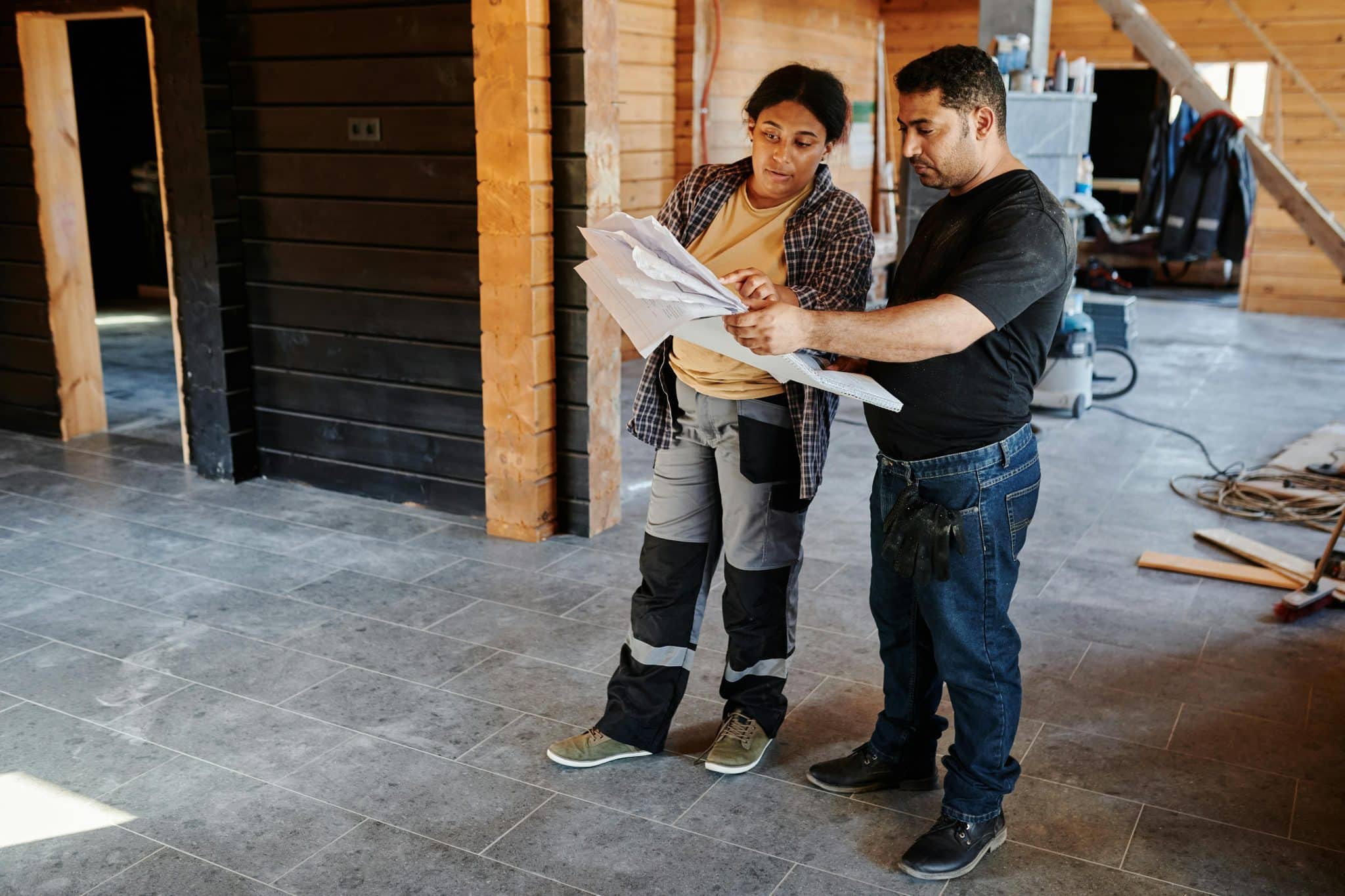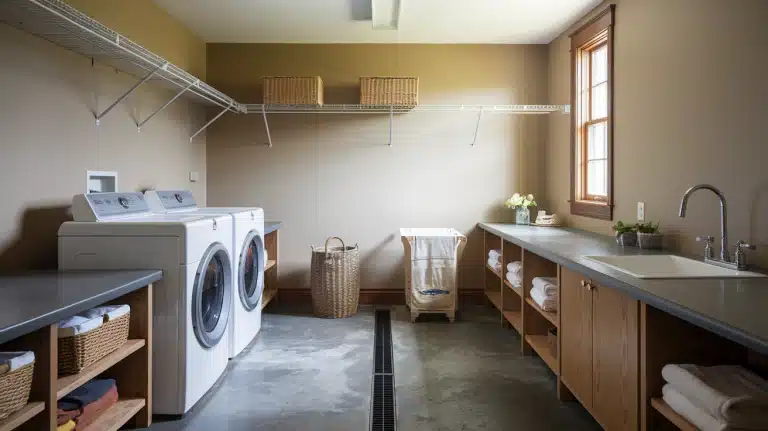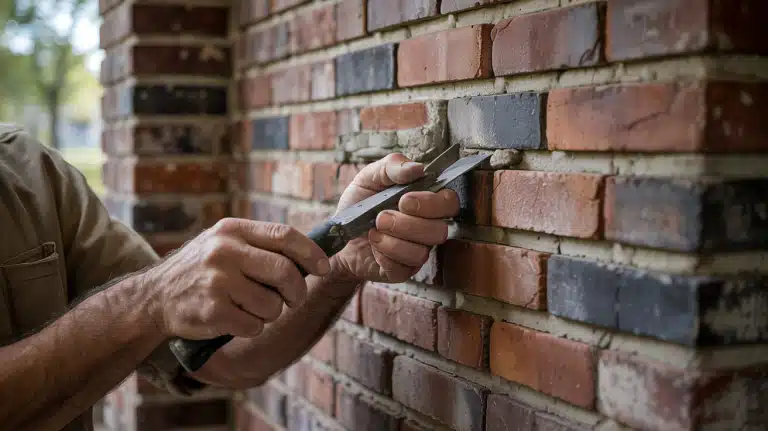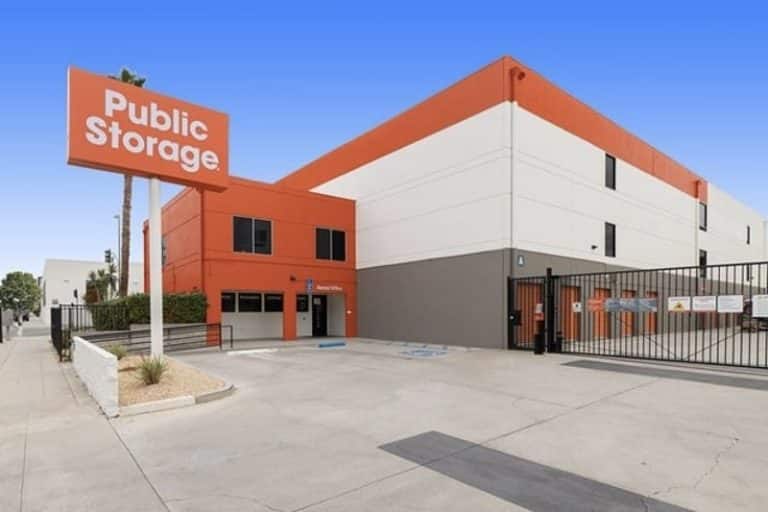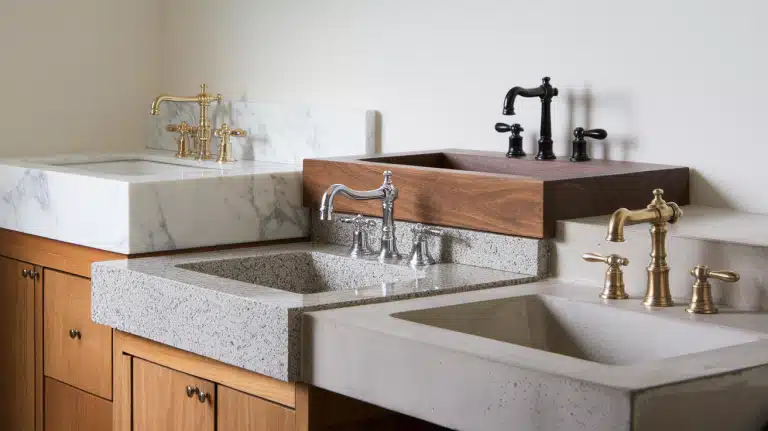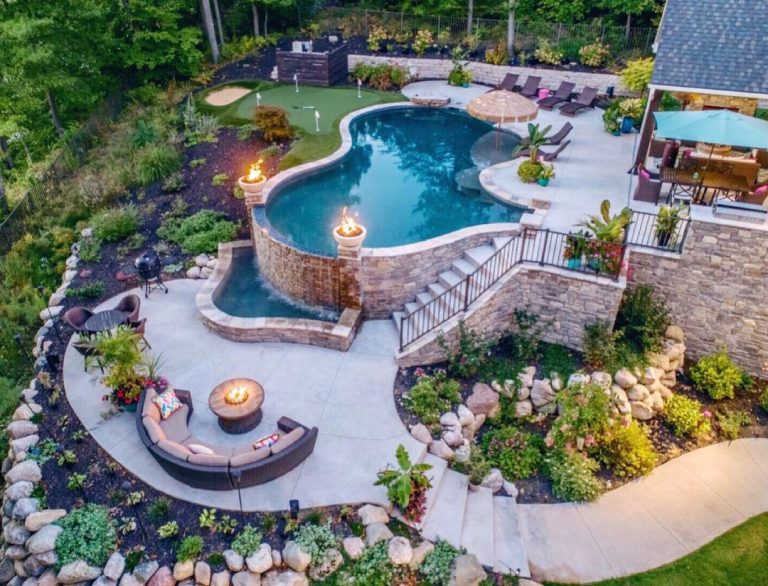How to Choose the Right Rubber Flooring Contractor: 6 Tips
You don’t want to let just anyone install rubber flooring for a playground, gym, pool deck, or outdoor path. The material itself is known to be long-lasting, safe, and low maintenance. But how well it works depends largely on the quality of the installation.
When done well, rubber surfacing lasts for years. If you don’t do it well, you could see lifted edges, uneven finishes, and safety issues in the first season. That’s why picking the appropriate contractor isn’t simply something to do; it’s the key to getting a job done right and keeping it that way.
If you’re researching installation teams, a good place to start is the safestep company site, which offers plenty of information on various rubber surface applications. But even before you call anyone, it helps to know what to ask and what to watch out for.
Here are six tips that’ll help you find someone you can trust with the job.
1. Look for Experience in the Specific Type of Project
Rubber flooring isn’t a one-size-fits-all trade. A crew that’s great at indoor gym flooring might not be equipped to handle an outdoor poured-in-place playground, and vice versa. Before hiring anyone, ask: What kinds of rubber surfacing projects have you handled before?
Better yet, ask to see photos—or better still, physical locations—of their past work. Contractors with real experience should be able to walk you through examples that look like what you’re planning.
Also, take note of how long they’ve been doing this type of work. Rubber surfacing techniques have changed over the years. You want someone who understands both older methods and the latest materials on the market.
2. Ask What Materials They Use—and Why
Good contractors don’t just show up with a truck and some buckets. They know their materials, and they’re willing to explain the difference.
When you talk to potential contractors, ask them about:
- The type of rubber granules they use (EPDM, SBR, recycled?)
- What kind of binder they mix with (polyurethane? water-based?)
- Whether their materials are UV-stable and suitable for your climate
If they brush off the question or give you vague answers, that’s a red flag. You want someone who knows their product inside and out—not just someone who buys whatever’s cheapest and pours it out.
3. Check Reviews, but Read Between the Lines
Online reviews are a helpful starting point—but don’t just look at the number of stars. Dig into the actual comments. What do people say about communication, punctuality, cleanup, and how the surface held up over time?
You’re not just hiring someone to get the surface down—you’re trusting them with timelines, budgets, and the integrity of your space.
It also helps to see how contractors respond to negative feedback. A polite, professional reply to a tough review often tells you more than five glowing stars ever could.
4. Get a Clear Timeline (and See If It Feels Realistic)
Most rubber installations are weather-sensitive, and contractors know that. If someone promises a big job with multiple curing stages done in one day, be skeptical.
Ask for a proposed schedule. How long will prep take? How many crew members will be on-site? What happens if it rains? A contractor who’s done this before will know how to factor in delays and leave room for cure time without making you feel rushed.
And don’t be afraid to ask: What could go wrong here? An honest answer—followed by a plan—means they’ve done this before and are ready for real-world conditions.
5. Don’t Go with the Cheapest Quote by Default
Budget matters, no question. But when it comes to surfacing—especially something people will walk, run, or play on—you often get what you pay for.
A rock-bottom quote could mean:
- Thinner material (which wears out faster)
- Low-quality rubber or binder
- Less prep work (which can lead to lifting or drainage issues)
- A crew that’s rushed or underpaid
Instead of chasing the cheapest offer, aim for fair value. Look at what’s included, how long they’ve guaranteed the work for, and how much detail they’ve given you in writing. A slightly higher price with a better warranty and reliable crew is often the better deal in the long run.
6. Ask About the Prep—Not Just the Pour
The visible layer of rubber might look clean and seamless, but what’s underneath it is just as important. A good contractor should explain how they’ll handle:
- Site leveling
- Drainage or sloping
- Crack repair (if overlaying old concrete)
- Edging and transitions
If they’re pouring over an existing surface, they should inspect it first and talk through what might need to be patched or reinforced. If they’re starting fresh, they should have a clear plan for base layers and stability.
And make sure you know what’s expected from you. Do you need to move furniture? Prep the base? Arrange access or permits? Clarity up front prevents last-minute surprises.
Final Thought: Trust Your Gut
When you meet a contractor or their team, trust your instincts. Are they rushing you? Dodging questions? Talking over your head? That’s a sign to keep looking.
A good installer will take the time to explain what they’re doing and why it matters. They’ll walk you through options without pushing. And they’ll give you a clear, honest picture of what to expect—not just the sales pitch.
Wrapping It Up
Before you hire a rubber flooring provider, think about more than just the end result. Think about how the process goes as well. You need to plan ahead, be clear about what you want, use good resources, and work with a team that knows what they’re doing to make a solid surface. The right builder will make sure the job goes smoothly from the start, whether you’re resurfacing a playground, building a pool deck, or laying a path.
And if you’re thinking beyond private projects, the same surface works well for coating sidewalks in parks, schools, and public areas too—anywhere comfort and safety are top priorities.

